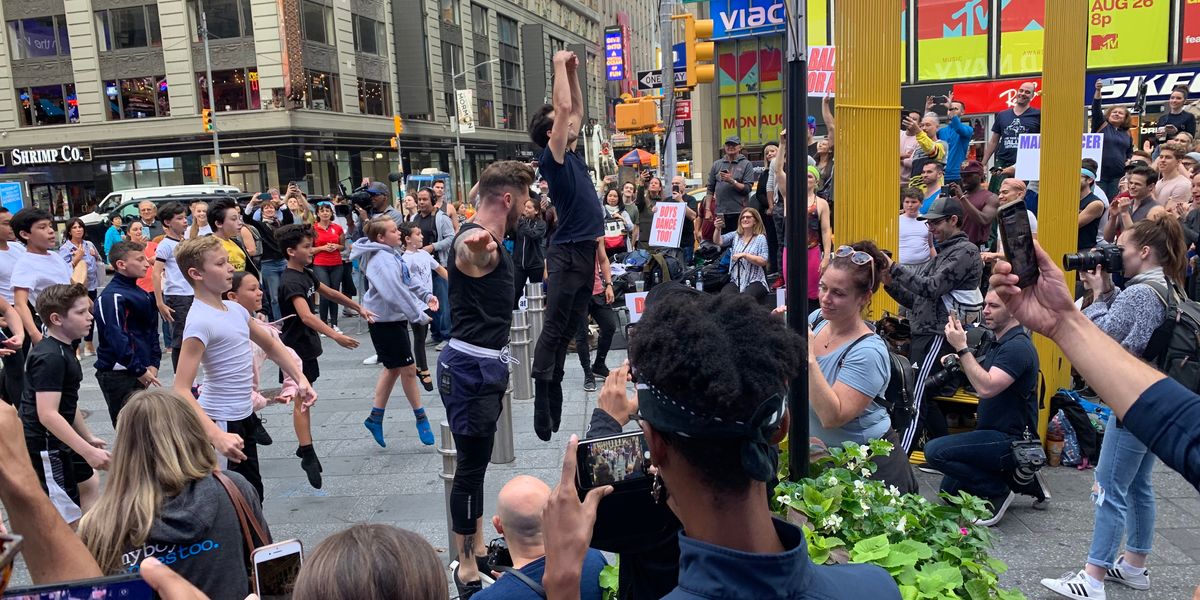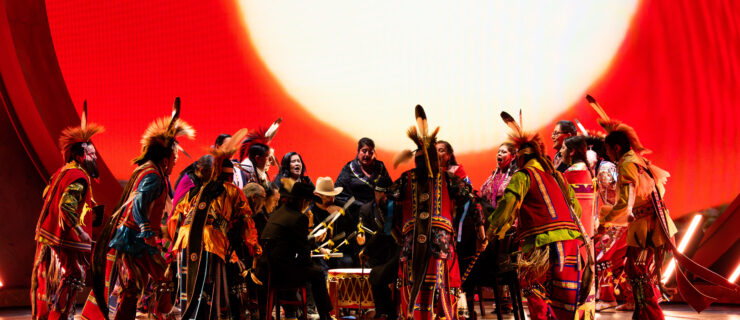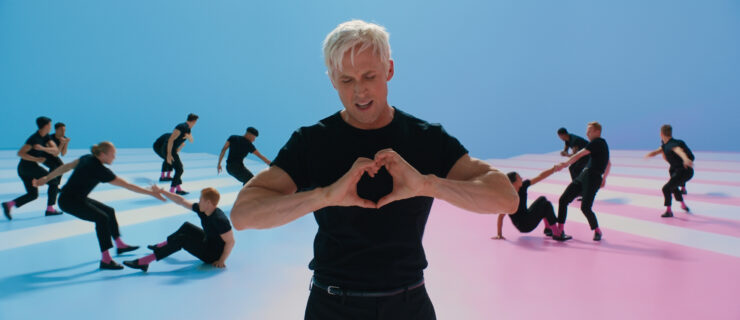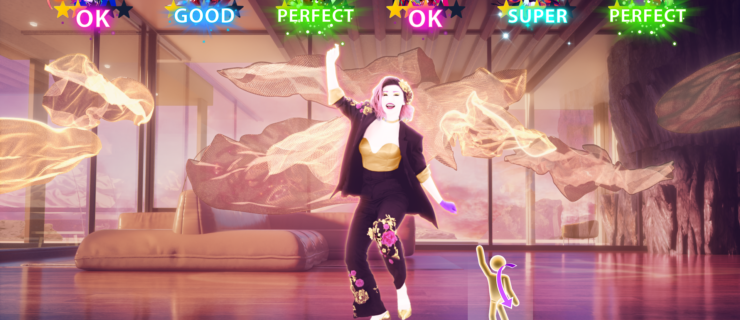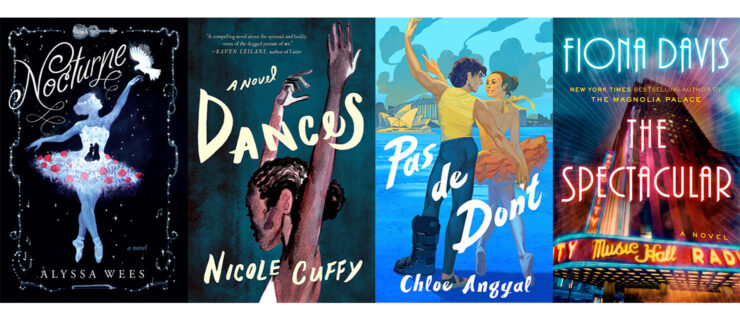The Dance Community Has Come Together Over Lara Spencer's Comments. But Who Is Being Left Out?
Last Friday, Dance Magazine published what has already become our most-read story of all time. At 2.8 million views and counting, our take on Lara Spencer’s cruel comments about Prince George taking ballet prompted an enormous response from both the dance community and those who were simply bothered by what amounted to the bullying of a 6-year-old on national television.
But Spencer’s comments struck a nerve for dancers especially. Rarely have we seen our field so united, or so passionate.
Most everyone agrees that Spencer’s comments were unacceptable and reflect broader ignorance about both dance and gender. But some more nuanced takes have been left out of the hundreds of new stories about the controversy.
We found some perspectives from the dance world you might not have seen yet—and broke down why they’re important:
Where Is the Outrage About Other Issues in Our Field?
Now that she’s apologized. Can use this wave to start working inside the ballet world for the rest of the bullying,… https://t.co/UeVuMPC9DG— Eduardo Vilaro (@Eduardo Vilaro)1566907033.0
Love this. I cant help but wonder, How many times has a male TV anchor apologized for “accidentally” denigrating wo… https://t.co/UciFuVCpaF— Wendy Perron (@Wendy Perron)1566854740.0
Ballet Hispánico artistic director Eduardo Vilaro and choreographer and teacher Michael Foley bring up questions about the source of our outrage on this topic, and why it hasn’t surfaced for other issues in the dance field.
Yes, it was a rare moment that dance was featured on a mainstream platform. But it also demonstrated how much collective power we have as dancers—and how we aren’t necessarily using that power to fight for equity in our field.
Both Foley and Dance Magazine editor at large Wendy Perron point out the gender dynamics at work. Considering how complicated gender is in the dance field (85 percent of boys who dance in the U.S. are bullied or harassed, for example, and yet men ride a glass escalator to positions of power) it’s worth taking note of.
Why Aren’t We Talking About the History of Ballet?
Former New York Times chief dance critic Alastair Macaulay makes a valid point: Lara Spencer wasn’t just making fun of any boy doing ballet. She was making fun of a Prince and future King. But most conversations around Spencer’s comments have ignored the fact that ballet originated in the French courts and was primarily danced by men.
We can debate how relevant this context is, especially in light of the fact that, as many have pointed out, boys who want to dance who have less privilege than Prince George are the real victims here. But the omission speaks to how ignorant many in our country are about ballet and its history.
Who Is Left Out of #boysdancetoo?
We know that Spencer’s comments—and how willing the other GMA hosts and audience members were to laugh at them—demonstrate a narrow, fragile view of masculinity.
But when we respond by arguing that ballet is actually macho, we don’t help much to push back against this mentality. In fact, sometimes when we try to make the case for ballet’s masculinity, we slip into trying to define who or what counts as manly (as evidenced by the popular t-shirts with slogans like “real men lift women”) which only does more harm. (Not to mention the sexism inherent in implying that it would be bad for a boy to like something feminine.)
Take the now-popular hashtag #boysdancetoo. As dancer and choreographer Ashley R.T. Yergens notes, it’s unclear if this rallying cry includes trans boys. (Since we’re talking about bullying, we should note that 83 percent of trans kids are bullied—and that’s before they even step into a dance studio.) Plus, young dancers outside the gender binary are being entirely left out of this conversation.
Have another take on Lara Spencer’s comments and the dance community’s response? Let us know by emailing [email protected].
